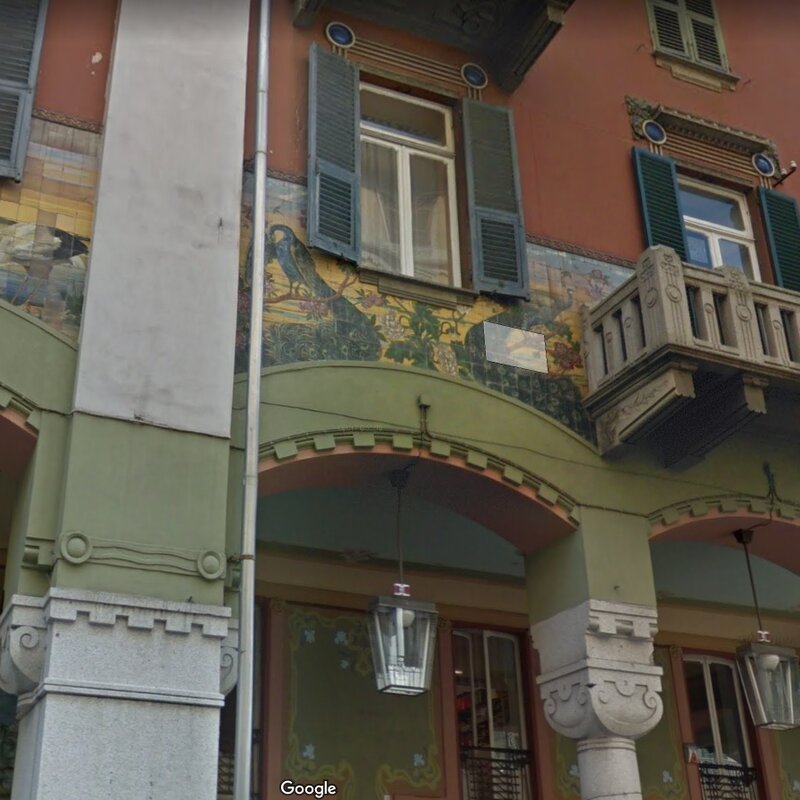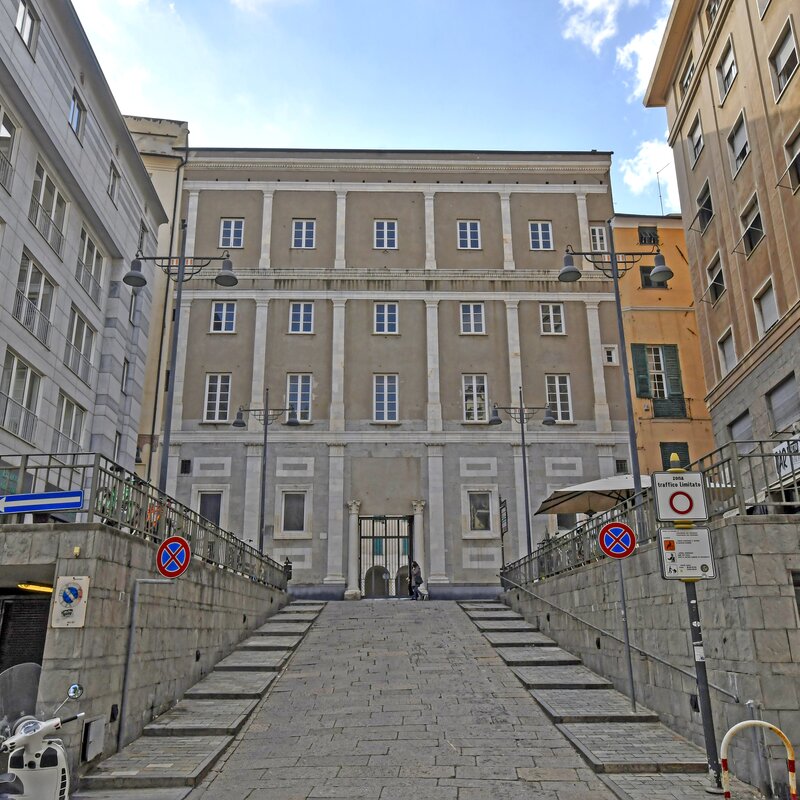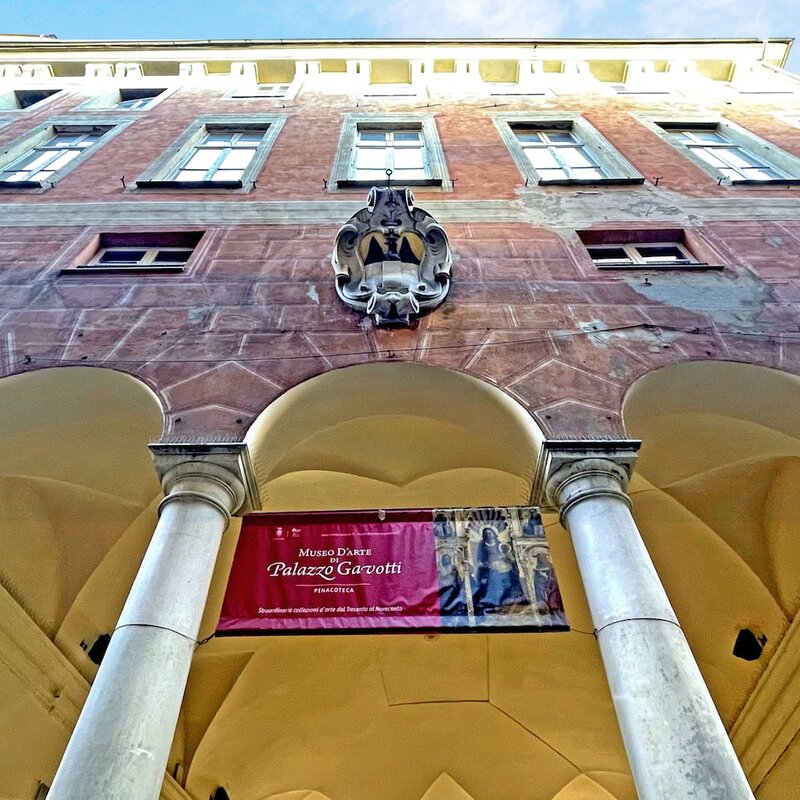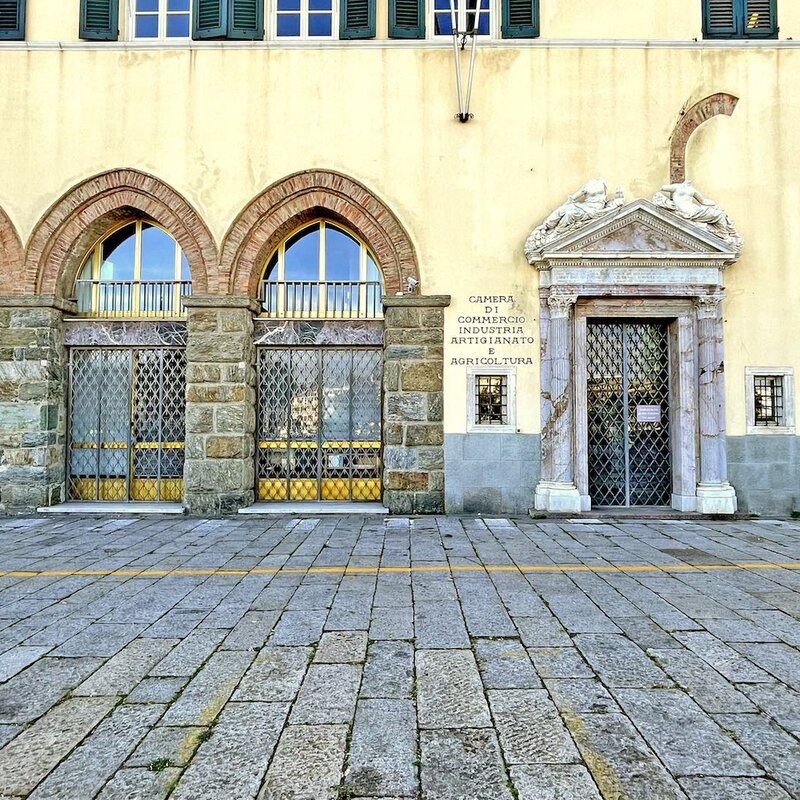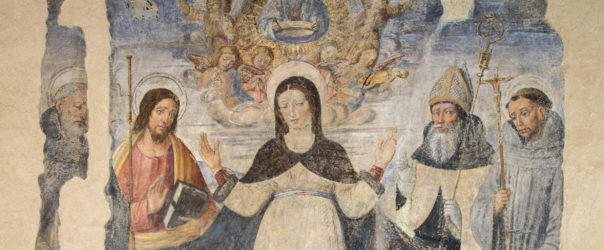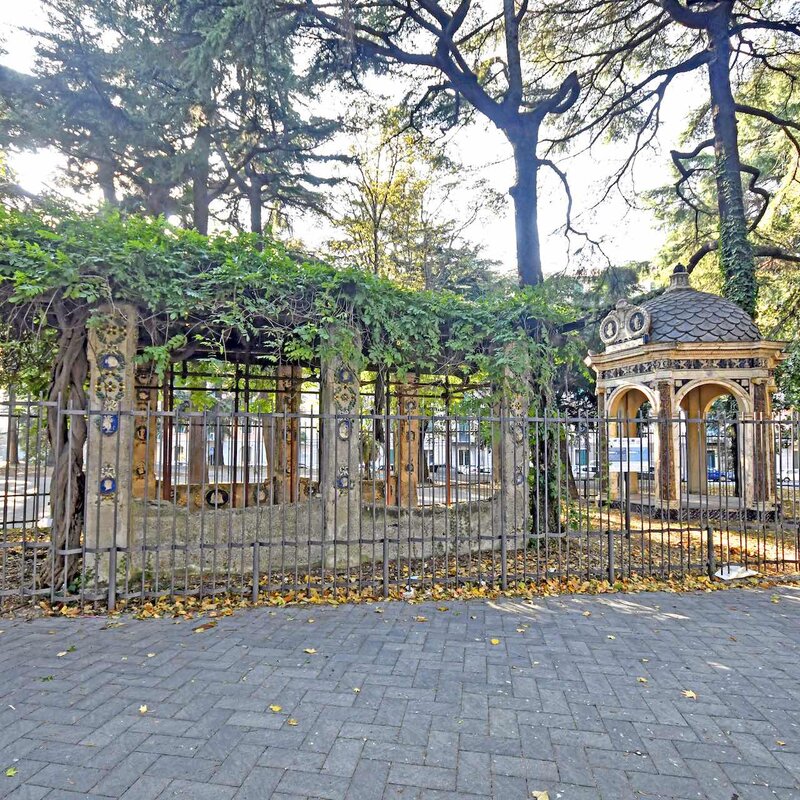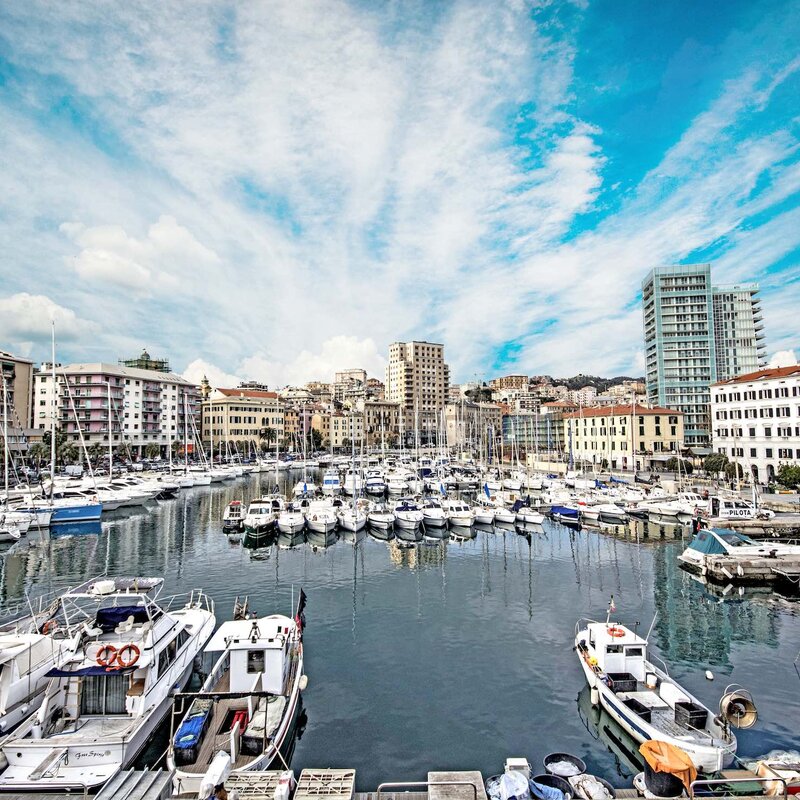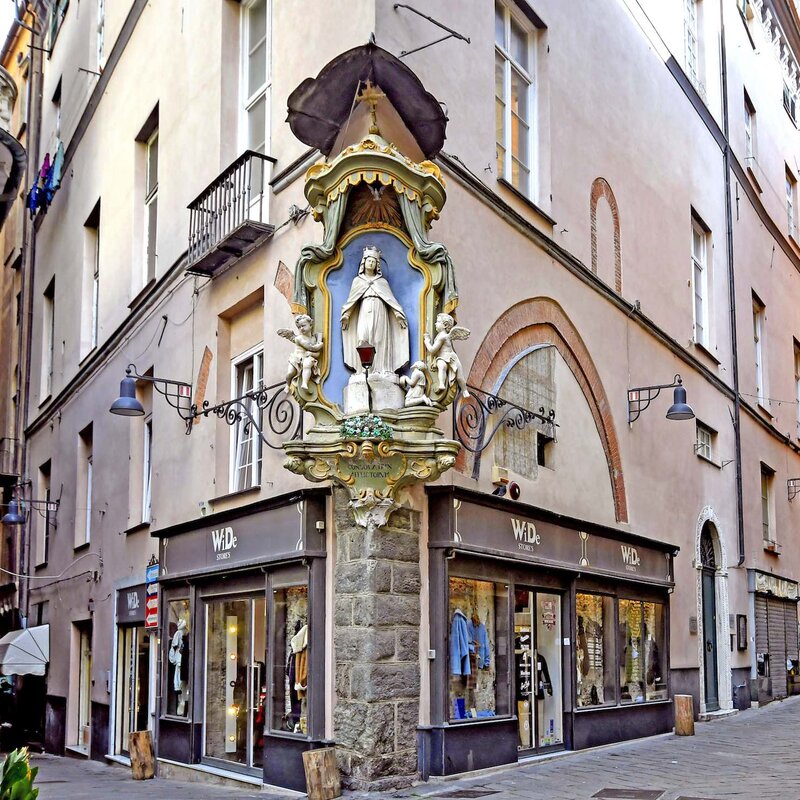Palazzo Pavese del Carretto Pozzobonello
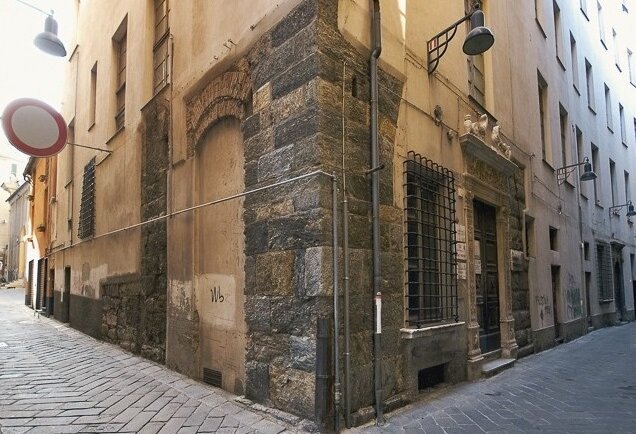
If these walls could talk, what stories they would tell! The year is 1529: the Archbishop of Avignon, Rolando del Carretto, decides to build a new palace by knocking several old houses into one stately home.
Before your eyes lies a building site that is a hive of activity, as skilled artisans carve stone and paint frescoes on the walls. The palace became a symbol of power and prestige for the del Caretto family, before being taken over by the Pavese.
In 1621, it opened its doors to the world of education, first as the home of the college of Jesuits and later as a public school run by the missionary fathers. However, much as you might wish to enter and see the magnificence of the building for yourself, a sign informs you that it is not open to the public.
A wave of disappointment may wash over you but the feeling of wonder prevails. The entrance hall is a riot of colours and carvings that will take your breath away: the grotesques of Ottavio Semino, a 16th century master craftsman, tell fantastic stories on the walls and ceilings.
An imposing white marble staircase leads up to the inaccessible upper floors, whilst there is also a mausoleum which is the resting place of Cardinal Spinola, an enigma shrouded in silence.
Even though you cannot go any further inside, you can get a feeling for the essence of Palazzo Pavese del Carretto. Its history, hidden treasures, and understated beauty all fire the imagination and transport you back in time.
